On August 17, 1944, a group of around fifty Jews was shot in the forest near the village of Siekierno. They were escapees from the labor camp that had just been closed. The crime was committed ... on the orders of a lieutenant of the Home Army.
The Świętokrzyskie Mountains were not a safe place. And certainly not in August 1944, when the approaching Russians and the Operation "Storm" introduced considerable nervousness into the ranks of the nearby Wehrmacht units, activating all partisan units operating in this area.
Chaos reigned in the forests surrounding the small village of Siekierno - nobody was sure who to shoot at . Should you continue to fight the Germans or, on the contrary, undertake some form of cooperation with them in combating the communist guerrillas? Such a question was asked by the most self-professed anti-communists, mainly from the National Armed Forces, but it also smoldered in the heads of commanders of some units of the Home Army - especially those operating in the east.
Or maybe join forces and finally get rid of the Germans? Finally, how to distinguish the enemy from the friend, since apart from the troops associated in various conspiracies, there were many ordinary bands in the forests - in appearance they did not differ from the soldiers of conspiratorial formations, and often impersonating supporters of this or that ideology? The effect was that everyone shot at everyone, and surviving the confusion became more important on a daily basis than any further targets.
"Dream asylum"?
And yet, for several dozen Jews, the Siekierzyński forests must have seemed to be a dream refuge at that time. Less than a month earlier, in July 1944, they managed to escape from the German labor camp in Skarżysko-Kamienna, which was a branch of the HASAG armaments concern.
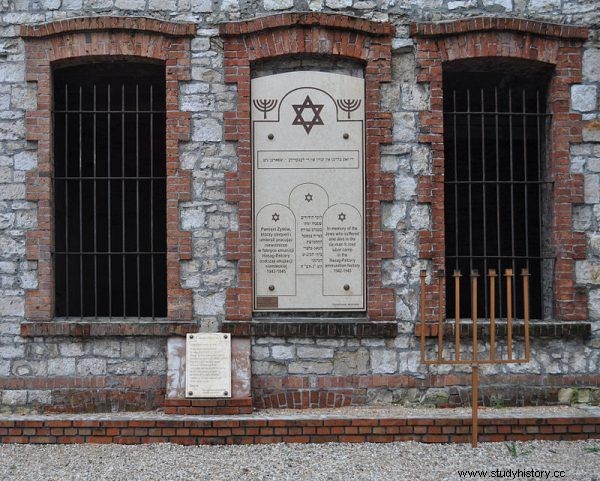
The Jews hiding in the Siekierzyński forests were refugees from the German labor camp in Skarżysko-Kamienna, a branch of the HASAG armaments concern. Another branch of the concern was in Częstochowa.
"Labor camp" may sound a bit better than "extermination camp", but in practice, everyday functioning in the fumes of TNT and pictrine not only made everything - people and the environment - dyed with ghostly bile, but also killed even the strongest in no time, and the exhausted were shot with mechanical damage. even regularity. Sometimes also massively, and in Skarżysko-Kamienna, such an action took place only a dozen days earlier, on July 25, 1944:the Germans began the liquidation of the camp by liquidating its inhabitants.
The refugees built shelters in the clearing, they tried to get food in the surrounding villages, especially in Kaczka, less than 4 km away, which was not easy - the clearing was populated by about fifty people, including several women and several children, so the demand was huge.
"They are to be shot"
It was probably the supply problems that caused some of the fugitives to look for help also among the local guerrillas, perhaps - which would not be an exception - wanting to join their ranks. The partisans, however, were not recruiting at that time. Second Lieutenant Jan Stec "Zygmunt" testified a few years later:
We came to a village in the woods where we encountered a Jewish camp. I don't know where these Jews came from. (...) When "Grzegorz" announced that these Jews were to be shot by order of "Zawisza" and their property was given to "Zawisza" , I don't remember how the whole unit acted on such an order.
I just remember that later "Gregory" called among us as volunteers to shoot these Jews. There were eight such volunteers, and with the exception of the name Stanisław Kurowski pseudonym. "Osa", from among these 8 other names, I do not remember. I was not among them. When these eight of our soldiers started shooting the Jews, the rest of the people from my unit were about 50 steps away from the shooting site.
The execution itself was as follows:all the Jews were grouped in one place (in the marching column). One of the eight, as its commander, gave the order to shoot, which followed. Weapons were fired - automatic pistols such as "Steny", "MP-i", "PPSz-e". Jews were shot at from the side. When everyone was shot, "Grzegorz" ordered valuables taken from the corpses of the Jews and returned to "Zawisza". (...) After taking some things from the Jewish bodies, our entire unit marched away, leaving the bodies of the Jews unburied .
The testimonies of the participants of the massacre in the forests of Siekierzyn are not consistent in everything. Władysław Kolasa, for example, remembered that among the Jews there were at least two children, namely girls, the victims were shot in the back, and twenty soldiers were executed. Everyone except Kolasa is convinced that a certain »Bojlrok« volunteered for the shooting of the Jews, he also shot personally first, and later ordered to eliminate the guides who led the partisans to the clearing.
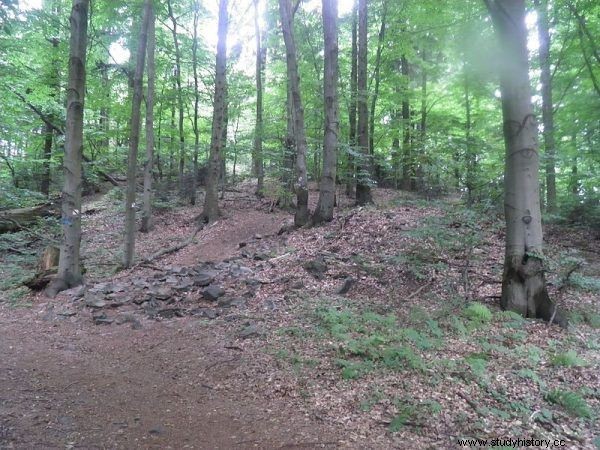
The escapees from the ghetto hoped that they would find a safe refuge in the forests.
Stanisław Szumilewicz, one of the local peasants chased by partisans to bury the bodies, testified that he clearly saw the gunshot wounds on the chests of the dead, which may seem strange when shooting from the side or from the rear. Another peasant, Władysław Szumilewicz, swore that there were at least a dozen female corpses , and Władysław Młynarczyk, accompanying the two previous testimonies, did not notice any children.
But in this kind of testimony, inaccuracies are the norm. The most important facts remain indisputable. In 1944, probably on August 17, in a clearing in the Siekierzyński forests, a Home Army unit, simulating recruitment, executed about fifty unarmed Jews on the explicit order of its commander, Lieutenant Kazimierz Olchowik "Zawisza". And it was not the only sin in the career of this officer and the people associated with his unit. A branch with a meaningful name:Barwy Białe. […]
Despite the severity of the murders in the Siekierzyński forests [...], they should not be used to form an opinion about the Home Army as a monolithic organization of pathological Jew-eaters. Even if the number of one hundred and twenty Jews killed by members of the Home Army underground given by Gutman and Krakowski were to be close to the truth, "Siekierno" itself is almost half of it, and it was a one-off act performed by only eight soldiers.
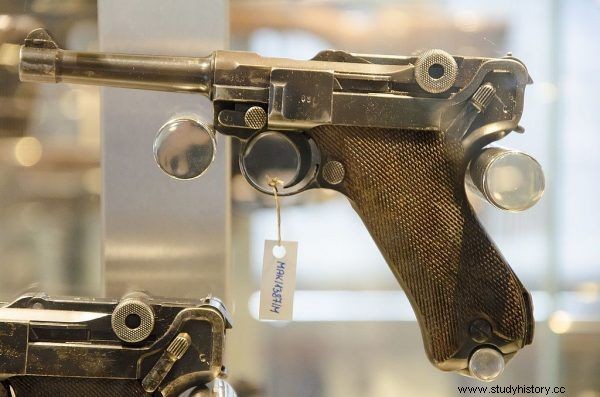
The order to shoot a group of fugitives was given by Lieutenant Kazimierz Olchowik "Zawisza".
In the scale of the several hundred thousand organization that the Home Army was at that time, the degree of pathology seems to be relatively small. And even on the scale of the White Colors alone - a unit of about two hundred soldiers at that time, of whom about sixty were present during the execution and did not take part in it. Though in this case we cannot be 100% sure how they would have reacted had they been given a clear order.
For volunteers only
In forensic testimony, it's always about whitewashing. During the "Colors of White" trial, however, the testimonies of the accused were in agreement on at least one point. The massacre was carried out on the unequivocal order of Zawisza.
"If it is not executed, you will go to a court-martial" - he was to tell Edward Sternik "Grzegorz" and there is no indication that he would be lying. In all reports of soldiers there are threads of voluntary volunteers for the execution and the consent of "Grzegorz" to move away from its place, granted to anyone who did not want to participate in this procedure, even as an observer.
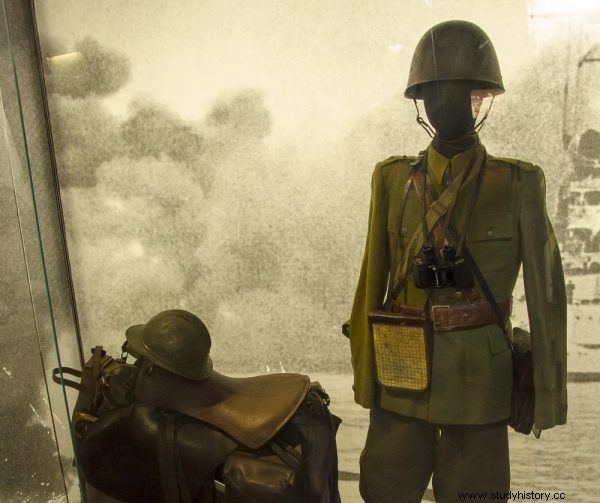
How is it possible that the Home Army unit decided to liquidate a group of 50 Jewish refugees?
Besides, Olchowik, having handed over the command of the firing squad, withdrew into the woods.
At the time of the execution by the unit under the command of "Balrok", I was about 150 meters from the scene of this action. Already at the sound of the shots coming to me some doubts arose in me whether such orders of the Home Army command were not an abuse of patriotism and the dedication of gray soldiers to some dark and unknown interests. Today I am well aware that this order, as well as its execution, was a crime and a condemnation.
This is what "Zawisza" said before the court, asking for a mitigation of the sentence, and others confirmed its version. Even strangely ubiquitous in the crimes of the Colors of the White Kolasa:
Then "Bojlrok" volunteered and chose people. Then "Bojlrok" with selected people went to the clearing where the Jews were camped, then he led them from another 500 meters into the forest and placed them on the edge of the forest. (...) Cadet. "Olsza" asked to be allowed to go, for which he obtained permission. Besides, "Grzegorz" himself said that if someone could not look, he could leave, and he also left with Stec (...). After this case, "Grzegorz" told us in the unit that while "Zawisza" gave such an order himself, he did a great deal of shit, because soldiers do not do that. He was very indignant about it.
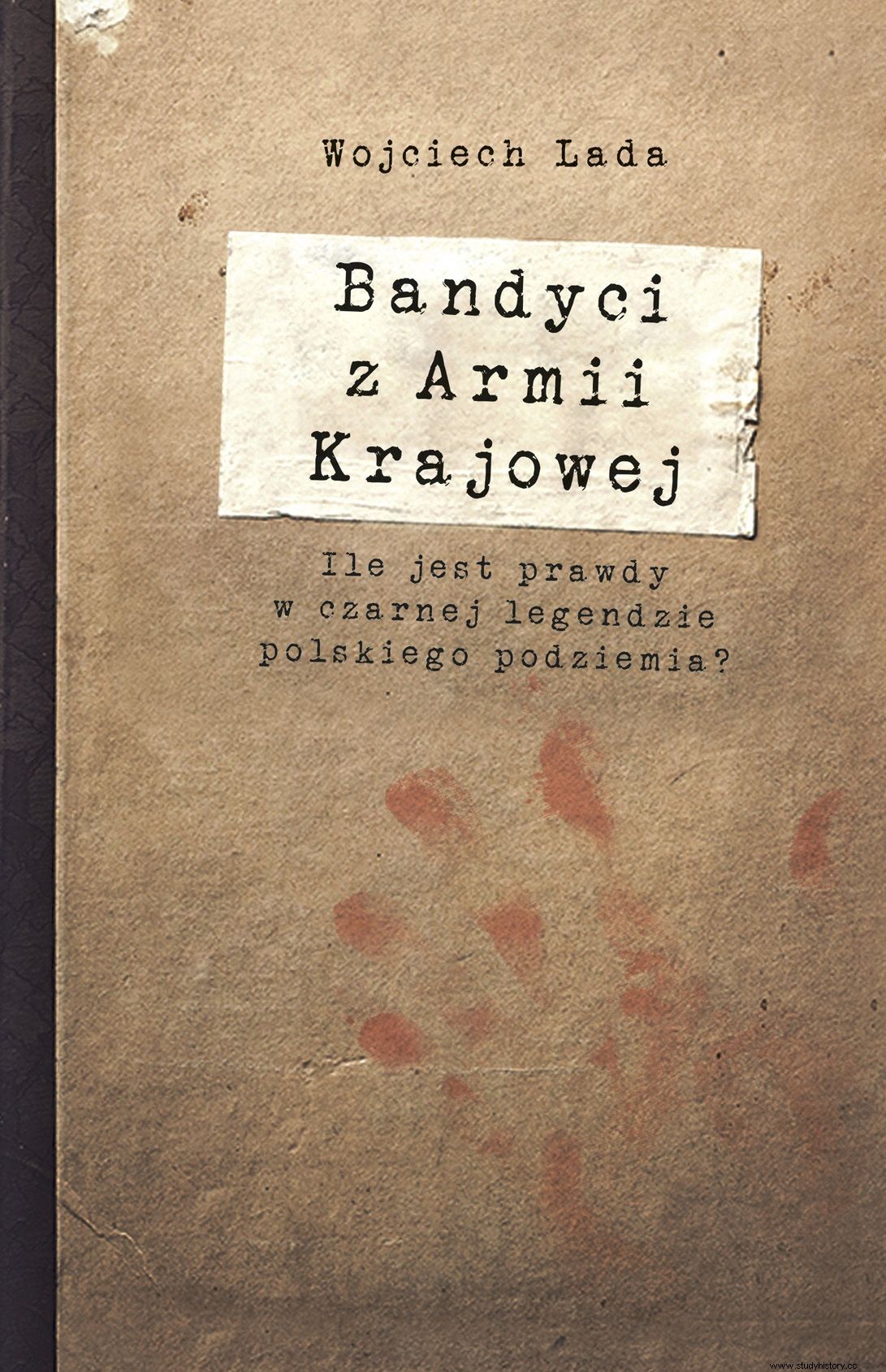
The article is an excerpt from the book by Wojciech Lady "Bandyci z Armii Krajowej" , which was published by the Znak Horyzont publishing house.
"Little was said about it ..."
And also Jan Śledź "Jeleń", who was present on the spot, added that "this case had a negative impact on the people of the unit, there was great dissatisfaction and maybe that's why little was said about it". This version was also confirmed by another witness, participant of the events, Jan Górski "Rzędzian":
" Grzegorz" asked "Herring" if he would do this task, but he refused, then he volunteered "Bojlrok" and selected people. At one point I heard a few shots, as it turned out, it was "Bojlrok" who shot a few Jews who were walking with us as guides. "Grzegorz" then turned to "Bojlrok" with the excuse why he was shooting on his own.
The wounded, who were shot by "Bojlrok", stayed on the spot, no one bandaged them and I don't remember if "Grzegorz" or "Bojlrok" had a few to watch over them soldiers, but I received an order to shoot those 4 or 5 with whom I was left at the time of the execution in the forest (...). The moment we heard shots in the forest, one of my soldiers, I think "Jordan", shot those 4 Jews who were left with us.
It turns out that out of the sixty White Color soldiers who went on the liquidation action, only sergeant "Bojlrok" showed pathological anti-Semitism. , that is Kazimierz Rudziński (or Rudnicki) - a quite mysterious figure. Neither his earlier nor post-war fate is known […].
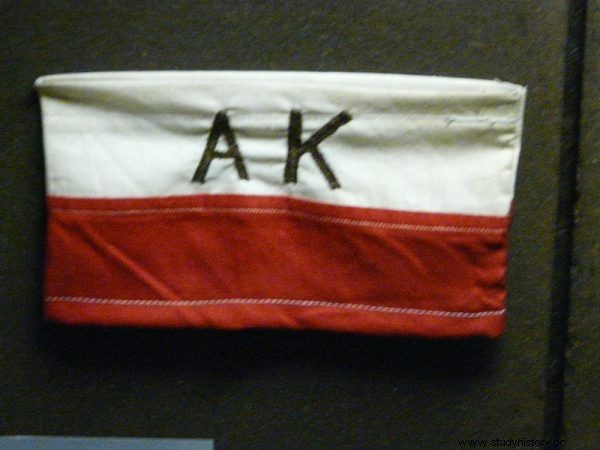
The crimes were committed by volunteers. There were eight of them…
Should the remaining seven executors also be accused of similarly murderous tendencies? It cannot be ruled out, but there are many indications that they actually carried out "Bojlrok". Kolasa admits that they were newly minted partisans and as such perhaps they wanted to prove their discipline to the command:"As", "Karol", "Vampire", "Jelonek" were appointed for this, I do not remember further pseudonyms, and the names in I didn't know it at all, because they were people who had just been assigned after mobilization. ”
The question is:how to assess the unit commander Kazimierz Olchowik "Zawisza" in this context? There is no doubt that he gave the order, but was it his own decision? Kolasa recalls that before he took it, he went on horseback to the regiment's command, but firstly, he is the only witness who mentions it, and secondly - as Grzegorz's account shows - Olchowik was genuinely pleased with the fact that the Jews were shot. Edward Sternik testified as:
After returning to the parking place in Siekierno, I reported in Kielce that the order of the commander of the "Zawisza" unit was carried out, to which "Zawisza" smiled, said it was good, and ordered to hand over to him the items taken from the killed people of Jewish nationality ie shoes and clothing.
Source:
The above text is an excerpt from Wojciech Lady's book. Bandits from the Home Army , Which was released by the Znak Horyzont publishing house.
The title, lead, illustrations with captions, information and explanations in square brackets, bolds and subtitles come from the editors. The text has undergone basic editorial work to introduce more frequent breakdown of paragraphs. To preserve the integrity of the text, footnotes in the book version have been removed.
